Language: English | Size: 4.54 GB | Duration: 6h 42m
What you’ll learn
After completing the course the student will have mastered the fundamentals of the innovative tensor approach to flight dynamics, with hands-on experience in deriving the equations of motions of missiles, rockets, UAVs, aircraft, and hypersonic vehicles, while computing their trajectories and dynamic responses with modern computer tools like MATLAB®.
Requirements
Experienced in matrix algebra and first course in differential equations
Description
Flight dynamics is undergoing a shift from vectors to tensors, taking advantage of the ever increasing computer power to design and analyze complex aerospace systems. The physics are modeled by tensors independent of coordinate systems. Then the tensors are converted to matrices by introducing coordinate systems and evaluated by one of the many matrix computer tools.
This course introduces the novice to tensor flight dynamics, requiring only basic skills in matrix algebra and differential equations. The fundamentals of tensor algebra are introduced by modeling geometrical relationships of expended boosters landing on barges with their related coordinate transformations. As time enters the study, the new rotational time derivative enables kinematics to be formulated independent of coordinate systems in a truly tensorial format, applied to pilots in centrifuges and attitude determination of aircraft. Point-mass trajectories, also called three-degrees-of freedom trajectories, are derived for rockets, hypersonic vehicles, UAVs; and full-up, six-degrees-of-freedom equations lead to the evaluation of the transient responses of missiles and aircraft in state-space format.
The course is supported by the text book “Introduction to Tensor Flight Dynamics”, published in 2020 by the instructor at Amazon. It provides more details on how to derive the equations of motion from Newton’s and Euler’s laws and features many problems derived from aerospace applications, some of them to be solved with MATLAB® or other matrix processors.
Who this course is for:
• Fledgling aerospace engineers • Professionals interested in adopting the new tensor flight dynamics • Aerospace engineers wanting to boost their computational productivity
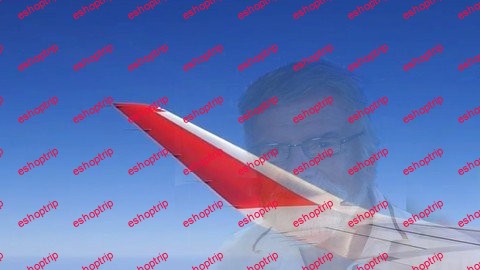

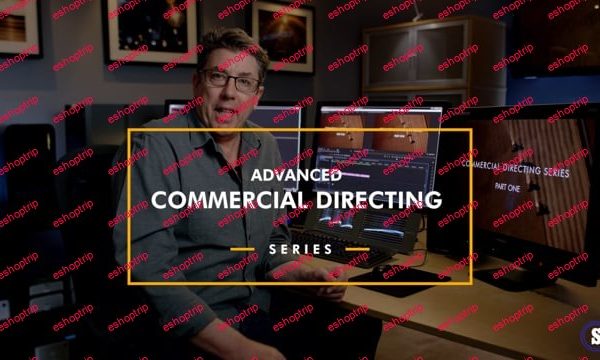

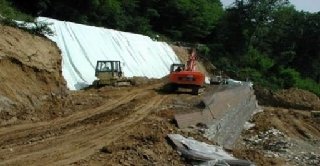
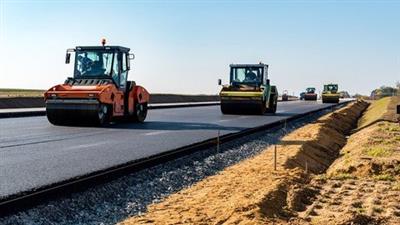
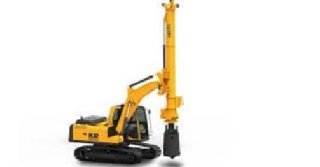
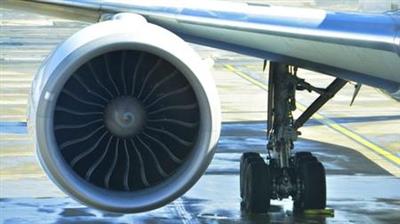
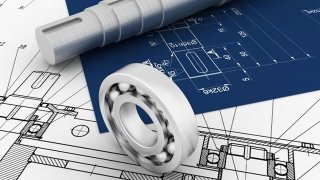


Reviews
There are no reviews yet.